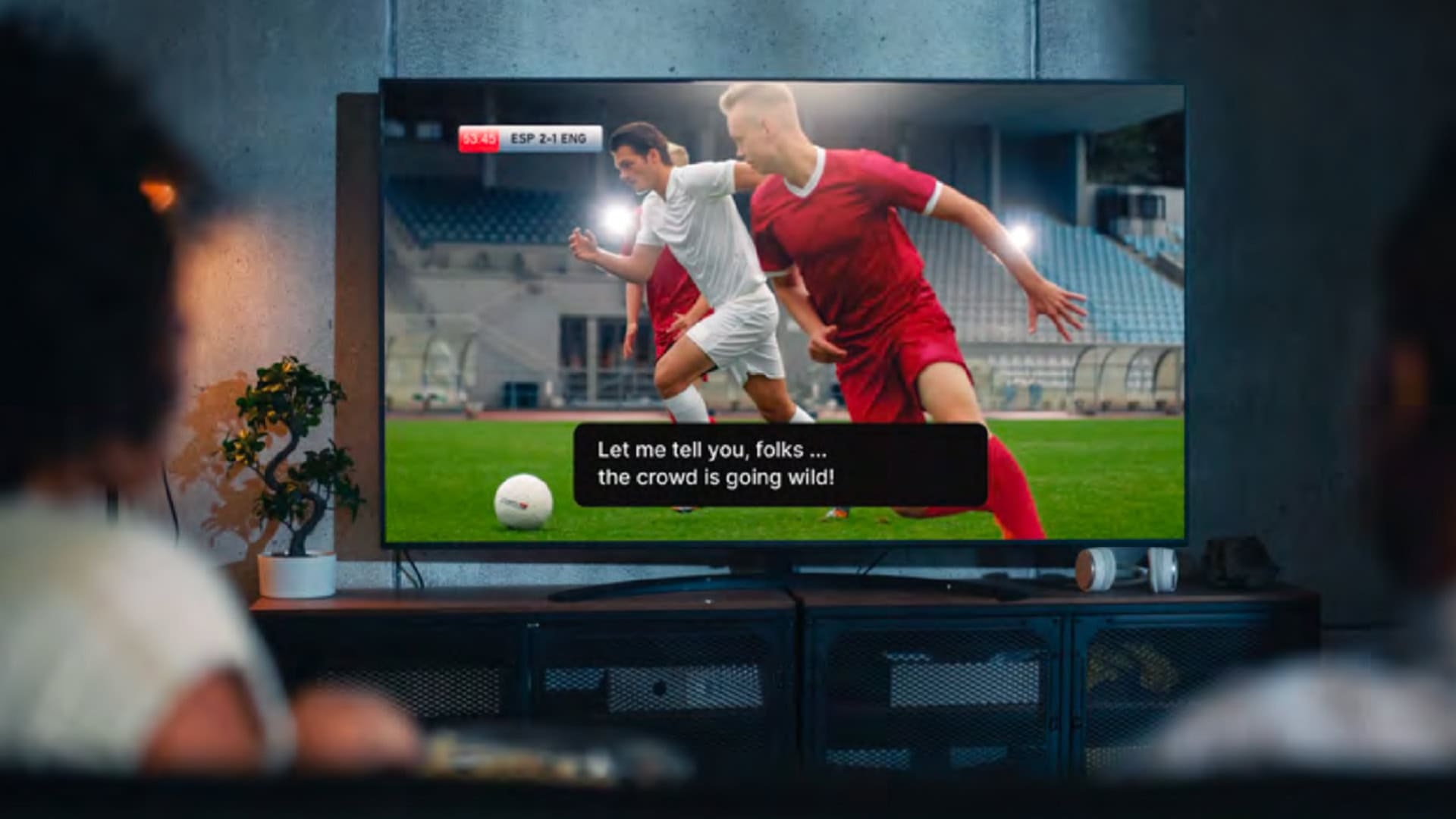Author
James Levy
SVP Global Customer Success, XR Extreme Reach
Topic
- Culture
- Diversity, Equity, Inclusion & Belonging (DEI&B)
- HR/Talent/Inclusion
- Talent
While representation has become central to consumer expectations and business results, accessibility in advertising remains largely underutilized. Many brands overlook accessible advertising due to persistent myths that create unnecessary barriers. From concerns about cost to fears of compromising creative vision, these misconceptions prevent brands from maximizing their impact. Advances in creative optimization technology now reveal that making ads accessible isn’t just a good thing to do, it’s a smart business strategy.
Myth #1: Accessibility Is Costly
One of the most pervasive myths about accessibility in advertising is that it requires a significant financial investment. Many marketers seem to believe that implementing features such as closed captions, audio descriptions and alternative text for images will strain their budgets. Accessibility features represent only a small fraction of production costs. What’s more, research consistently shows that the cost of excluding accessibility is far greater. Brands that neglect accessibility risk alienating a significant portion of their audience, leading to lost engagement and reduced brand loyalty.
Myth #2: Accessibility Only Benefits a Small Audience
Many advertisers operate under the misconception that accessibility is only necessary for a niche group of people. The reality is that hundreds of millions of individuals worldwide live with hearing or visual impairments, making them an audience that should not be ignored.
Accessibility features enhance the experience for everyone: captions help viewers watching in crowded airports or quiet offices, while audio descriptions are helpful to multitasking parents preparing dinner or commuters catching up on content during their train ride. Audiences are engaging with content across CTV, streaming platforms and live sports on multiple devices. Making advertising accessible is a smart marketing strategy for maximizing reach and engagement.
As well, a commitment to accessibility is a commitment to inclusivity, which resonates with socially conscious consumers. Studies show that audiences are more likely to support brands that align with values such as diversity and inclusion.
Myth #3: Accessibility Compromises Creative Vision
A common fear among advertisers is that making content accessible will interfere with the artistic or narrative intent of their campaigns. This could not be further from the truth. In fact, accessibility features often enhance creative storytelling rather than detract from it.
Captions, sign language interpretation and audio descriptions can be seamlessly integrated into ads while maintaining the brand’s tone and style. This allows advertisers to engage a wider audience while still preserving their creative essence.
Myth #4: Accessibility Requires Specialized Technology and Overhauls
Some brands resist accessible advertising because they assume it requires major technological changes or complicated processes. However, accessibility tools are now more readily available and can be integrated smoothly into existing creative workflows. Advertising platforms that incorporate accessibility features make it easier to create inclusive ads at scale, reaching a wide audience without disrupting production timelines.
Myth #5: Accessibility Is a One-Time Effort
Accessibility is not just a ‘check-the-box’ one-time effort; it should be part of an ongoing commitment. Just as brands update their creative assets to increase resonance and relevance, accessibility should evolve alongside changing audience expectations and technological advancements.
New accessibility standards, innovations in assistive technology and shifts in consumer behavior all influence how brands should approach inclusive advertising. By treating accessibility as an ongoing strategy rather than a one-time fix, brands can maintain engagement with diverse audiences and demonstrate their long-term commitment to inclusivity.
Increasing Reach and Loyalty with Accessibility
By investing in accessibility, companies not only expand their reach but also strengthen consumer loyalty, drive innovation and align with the values of diverse audiences. Accessibility in advertising is not a limitation; it is an opportunity—one that forward-thinking brands cannot afford to ignore.
—

As Senior Vice President of Global Customer Success at XR Extreme Reach, James brings almost two decades of expertise in digital transformation and strategic sales. He is based in London and has led significant projects for global CPG brands, including Procter & Gamble and Haleon. Known for his leadership and innovative approach, James has been pivotal in driving success and growth through his innovative approach and strong client relationships.
—
Related Resources
The Asset of Accessibility
Talent Talks: Conversation with Deb Wilson, Understood





